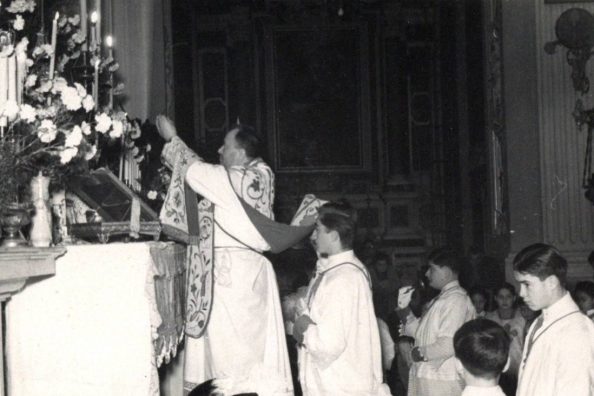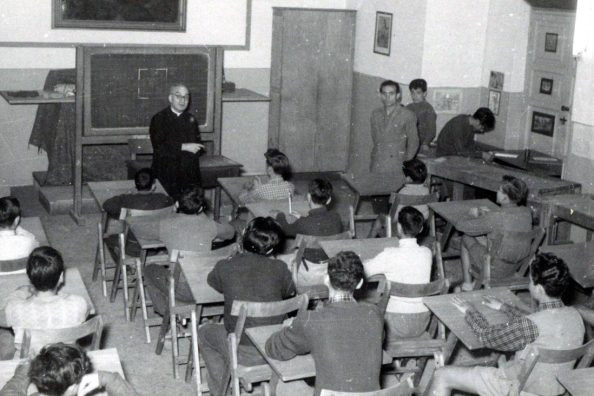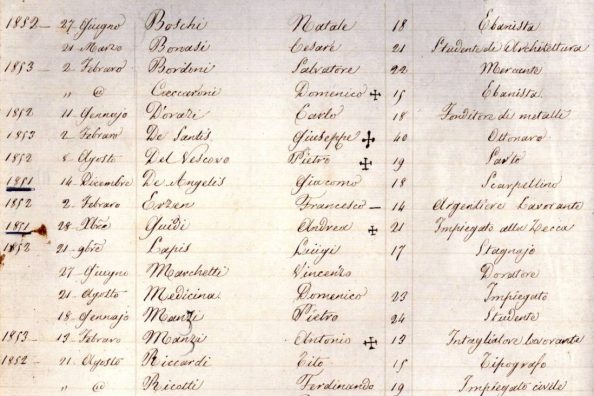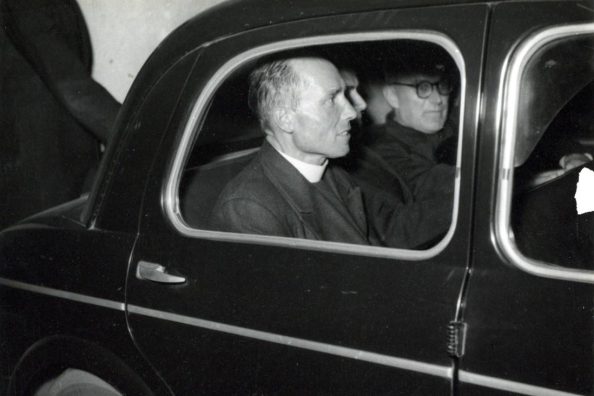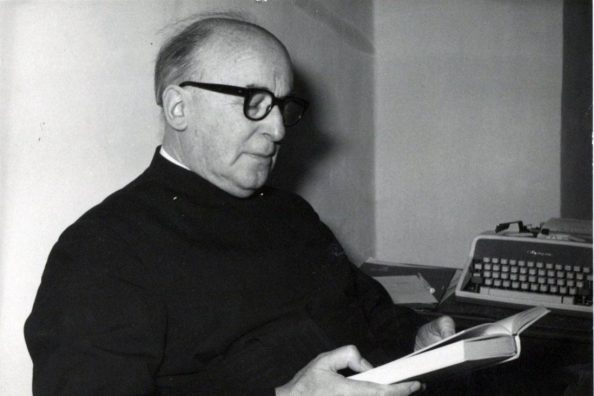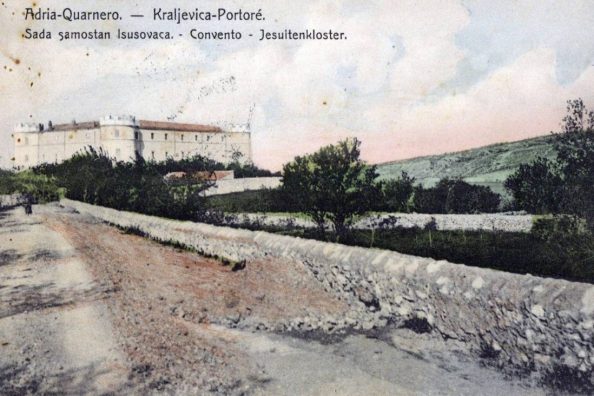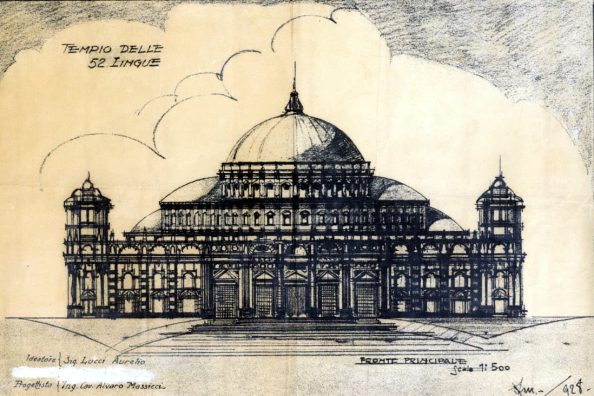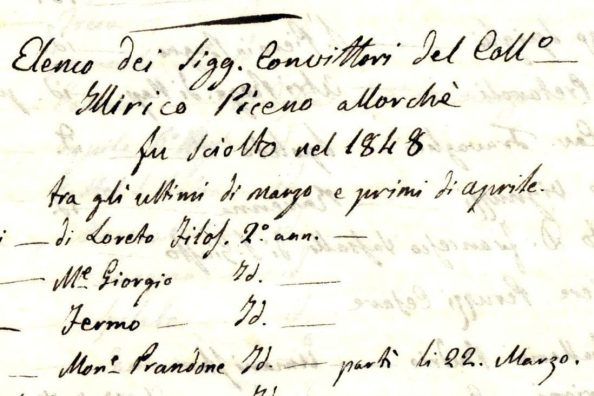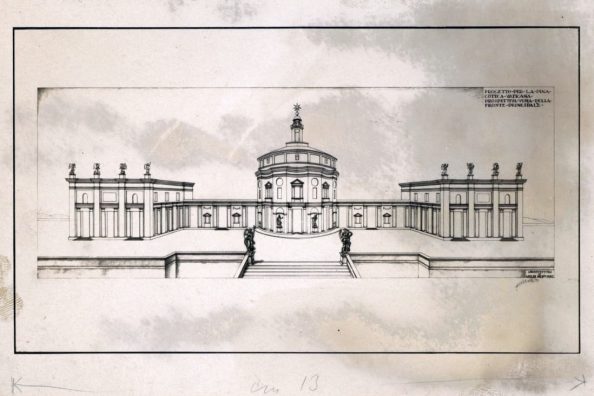20 September 1870: the last day of papal Rome
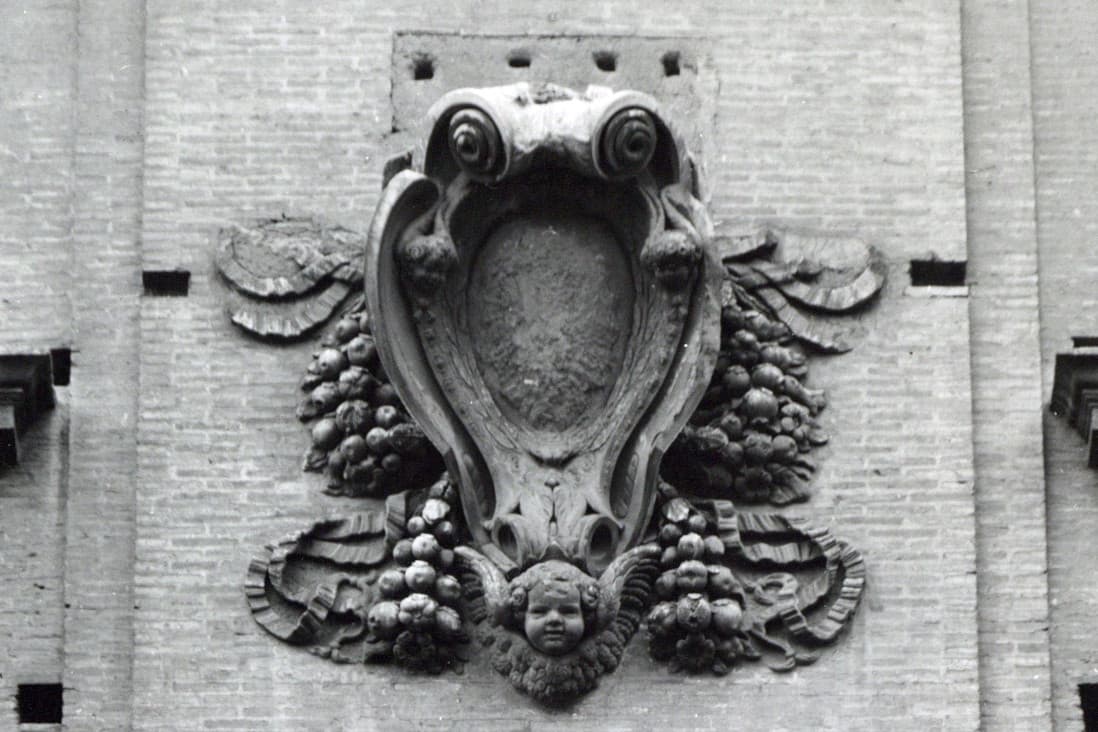
On 20 September 1870, the Papal States fell and, with it, the temporal power of the Pope ended. How was that day experienced by the Jesuits who lived in the many residences in and around Rome?
Let us virtually enter many of these today to relive the last days of the Papal States. Although the taking of Rome finds space in the historiae domus, it is the house diaries that preserve the most detailed and precise information about those days.
The approach of the troops to the city
The Italian troops approached Rome in three directions, one from the north, one from the south and one from the east.
Unfortunately, we cannot observe the approach of the Italian troops from Orvieto, north of Rome, where the Society had had a college, now closed since 1860, so the Jesuits had not lived in the city for ten years, in the days of the taking of Rome.
Even from the east we are unlucky, the diary of the college in Tivoli is lacunose, that of the church only reports, at the beginning of 1871, that in the past year from September apostolic and religious activity was very limited because of “political events”.
Let us instead move a few kilometres from Rome, south-east, to Frascati where in 1870 the Collegio dei Nobili at Villa Mondragone had been active for a few years.
The approach of the Italian troops, which the sources always refer to as ‘Piedmontese’ did not pass through Frascati, so the Jesuits did not witness it directly, but were aware of many events.
The house diary of Villa Mondragone
We read from the house diary some extracts about the events that took place several days before the taking of Rome.
“On 3 September, Prince Lancellotti came after dinner to report that Napoleon III had been taken prisoner by the Prussians”.
A note of 6 September reports that, while a recital was being held inside the College with the distribution of prizes in the presence of the aristocratic families of the boarders and the Infanta of Portugal with her court, a total of 600 people, two armed zouaves stood at the entrance door of the palace and in front of the gallery door, two others accompanied the Cardinal. It is not clear whether this was a security measure, given the already widespread news of the forthcoming siege of Rome.
The situation quickly precipitated, and on the 11th, seven boarders left the college for “political reasons” and “the detachment of zouaves also left for Rome, withdrawing all the papal militia there”. Later that same day, Prince Giovanbattista Borghese arrived at the college, sent by his father to “warn us of the invasion of the Italians”.
The next day, it was reported that from 9.45 am “the rumbling of the cannon from Civita Castellana could be heard, which lasted until 10.15 am. Telegrams from Rome rained down continuously”.
That same day as many as seventeen boarders were summoned by their families, for fear that the situation would deteriorate and the boarding school would no longer be a safe place.
A note in the margin reads “major unrest”.
The abandonment of the boarding school by the boarders continued throughout 12 and 13 September, until the feral news on 20 September: “Rome is attacked and taken. Here in Mondragone it is very quiet”.
Two days later the editor reports on some unrest but there is no further information, the diary stops and resumes with the following school year, in November 1871.
The Collegio dei Nobili in Villa Mondragone was the only one to survive the fall of the Papal States, continuing its activities until 1954 and again until the 1970s hosting the apostolic school St. John Berchmans.
The situation in Rome: the Collegio dei Nobili
One of the earliest sources recounting the events of September 1870 is the diary of the Collegio dei Nobili, which was located in the same building that now houses the Bellarmine College, the person responsible for compiling the diary wrote:
“The Piedmontese are in great numbers around Rome, but so far they have done nothing, but our good defenders heard seven minutes before eight o’clock, at twenty minutes past eight, and at eight thirty-four three cannon shots, the population went through the streets with an indifference and peace as if nothing had happened: Rome is not to be touched! They say”.
The next day: “Conquest of Rome, 100 against fifteen!!! The cannonade begins at 5.15 a.m. at Porta Salaria, Pia, S. Lorenzo; around noon the Italian army enters and demonstrations as usual”.
The diary of Sant’Andrea al Quirinale
A few hundred metres further up, novices and Jesuits lived at S. Andrea al Quirinale, opposite the palace where, within a few months, the Savoy family would stay, occupying the same rooms as the Pope, in turn replaced by the President of the Republic some seven decades later.
Much more laconic is the writer of the diary of the house of St. Andrew, life in the novitiate in fact seems to flow peacefully, even if here and there the succinct chronicle seems to give some hints of a tense climate in the city.
On 14 September, in fact, it is written that the novices did not go to Macao, the site of the vineyards and fields belonging to the novitiate and worked by the novices for the needs of the community and now corresponding to the area of Castro Pretorio, “because of the noise”.
On 17 September, it is reported that “The Piedmontese besieged Rome. Three of our novices, one coadjutor, two scholastics, went to assist the wounded, if need be”.
A small chronicle of what happened is reported on 20 September: “Rome is attacked. Some novices go to the ambulances and to assist at the dispensaries. The Piedmontese militia have entered Rome”.
A handwritten note on a loose leaflet describes what happens next: “The novices left Rome immediately after the taking of the city at the end of September or beginning of October 1870, went to Brixen in Tyrol where they stayed until the beginning of 1875”.
The diary continues with an account of the following months, until its closure on 19th December 1871, when “the novitiate house ceased”, due to confiscation by the State.
As we have already mentioned, the Roman Province would send its novices elsewhere, partly abroad, to France, and partly to the neighbouring novitiate of the Neapolitan Province, before being able to have its own novitiate again, in 1882.
A few steps from Porta Pia
Another residence was also active in Rome, not too far from Porta Pia, the retreat house of S. Eusebio, just 2 km away. The writer is particularly well informed about political events and reports them in writing.
The first interesting piece of information is recorded as early as 5 September 1870 “it is known that Napoleon III has been taken prisoner”, France had until then been an ally and a strenuous bulwark of defence against any possible attack.
On 10 September there was new information: “The Holy Father received Penga di S. Martino who in the name of Victor Emmanuel announced the siege of Rome and after lunch the Holy Father went to Termini to see and bless the acqua Marcia. Great crowds and cheers”.
“11 September: Italian troops entered the borders on the side of Viterbo and Ceprano. The papal troops withdrew after combat. On the 18th the troops arrived in Rome, the writer wrote ‘the Italian troops threaten to enter, send an ultimatum to the Holy Father. On the 19th, some Jesuits who were out of town return to Rome”.
On the 20th the chronicle of events is reported: “Before 5 o’clock the bombardment is heard. Some bomb shrapnel landed on the roof, one went through the window: there was no damage although a few whole ones fell into the garden. At 10 o’clock the white flag flew. It was thought prudent to send some of the fathers out to particular houses, but they were guarded on the way by the riot squad that entered immediately through the breach and through Porta Pia without waiting for the armistice conditions, but they all arrived safe. […] In the evening, a few companies of Bersaglieri waited in the street and 25 officers slept in the shopkeepers’ rooms, so they stayed for three days and then we were alone, we had no trouble”.
The diary stops here to resume almost a year later on 3 July 1871, the house in S. Eusebio was also confiscated within a few years.
Unfortunately, we do not have the diaries of other Roman residences, that of the Gesù and that of S. Ignazio, which could perhaps have added more information, while the sources of the Collegio Romano, now kept at the Vittorio Emanuele National Library in Castro Pretorio, were studied by Fr Martina who investigated the lives of his brethren in the last weeks of the Papal States.
A review of our sources
We note some discrepancies between the sources: some diaries speak of a cannonade at five o’clock, others at a quarter past five, sometimes the entry of troops into the city is dated to midday but other times to ten o’clock.
This is due to a number of factors: not all residences were near Porta Pia, so the writer may have relied on what was reported to him, considering the proximity between S. Eusebio and the breach, he can be considered the most reliable house diary at least for the entry of troops from that side.
Certainly the writers also report information reported by the brethren or by friends, such as Prince Borghese’s son, who personally informed the Jesuits.
The taking of Rome, as historiography has ascertained, was a bloodless event, the papal troops had been ordered not to resist and this is confirmed in the sources, despite the fact that sanitary garrisons had been prepared for any wounded, no clashes are reported, but only the victorious attitude of the military, which in some cases frightened the priests.
Another fact, common to all the residences still active in and around Rome, emerges clearly: the Jesuits had to leave the residences, not immediately, often they had one or more years to do so, but in the rest of 1870 no apostolic activities are recorded, nor is what happened in daily life reported.
Photographic evidence
In our Archives there is no photographic documentation of that day, photography was not yet so widespread and certainly the Jesuits in the uncertainty of the moment did not take photographs.
The photo accompanying today’s text depicts some details of the façade of the Roman College, the coat of arms of the Society was chiselled in the months after the fall of Rome. The coats of arms still look like this today.
Maria Macchi

